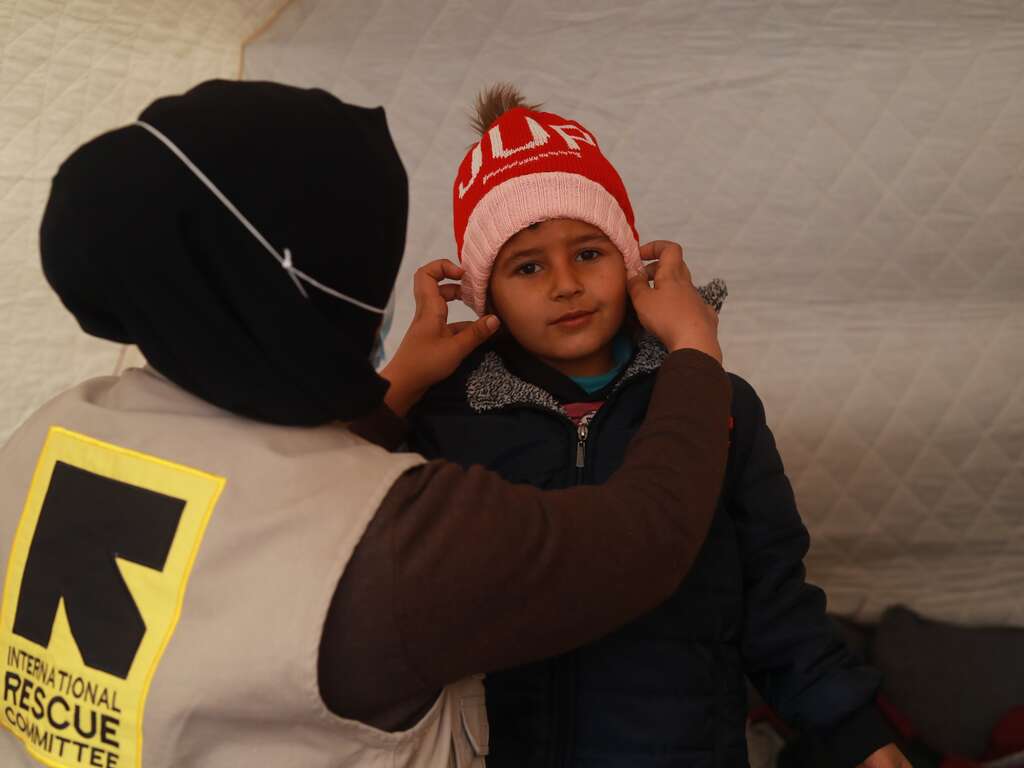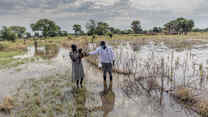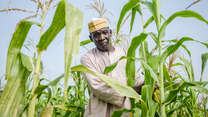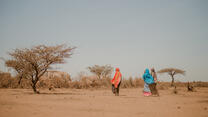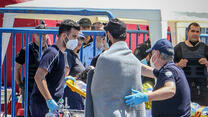
Learn more about the devastating flooding in Libya and how you can help.
Unprecedented floods struck Libya after Mediterranean Storm Daniel made landfall on September 10th. The storm’s intense rainfall struck the country’s eastern region, leading to the collapse of two dams south of the city of Derna. Subsequent flooding swept away entire neighborhoods.
The death toll has surpassed 11,000 and over 40,000 people have been displaced across the country.
The flooding exacerbated needs in Libya, where 800,000 people already needed humanitarian assistance. Libyan leaders have called on the international community for support.
The International Rescue Committee (IRC) is preparing a response to meet the pressing needs of flood-affected communities and is scaling up services in the country.
How are floods impacting Libya?
Libya is reeling from unprecedented floods caused by Mediterranean Storm Daniel. The North African country is the latest to suffer from climate change-induced flooding.
“We must remember that Libya is not just a country in crisis; it is also a gateway for people on the move to Europe,” explains IRC senior vice president for crisis response, recovery and development, Ciaran Donnelly. “The IRC has been working tirelessly since 2016 to provide essential healthcare and protection to vulnerable Libyans, refugees and migrants affected by this protracted crisis.”
Due to years of conflict, the country lacks the capacity to respond to the crisis without support from the international community.
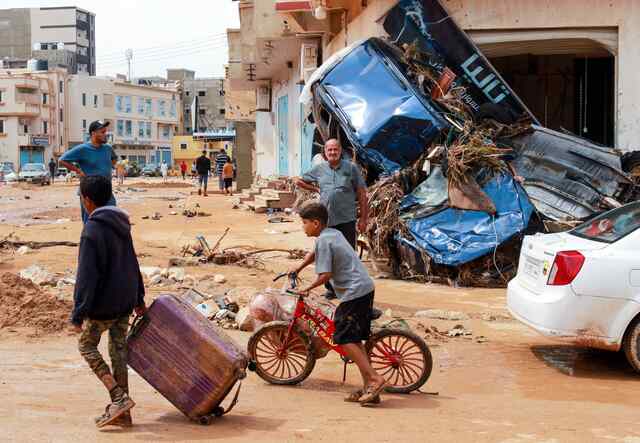
Two dams collapse in Derna, Libya
Two dams south of Derna collapsed under the pressure brought on by Mediterranean Storm Daniel. These collapses led to flooding that swept through Derna, which is home to 90,000 people.
Prior to the landfall of Mediterranean Storm Daniel, engineers had issued warnings about the weakness of the dams. A 2022 report warned that one of the two dams could collapse, leaving citizens of Derna vulnerable to a flood.
A rising death toll
The flooding in Eastern Libya has so far claimed over 11,000 lives, with the death toll continuing to rise. More than 10,000 more people are missing and 40,000 have been displaced.
The number of casualties is likely to rise as first responders continue to search for survivors.
“The IRC is gravely concerned about the protection needs of those caught up in this tragedy, especially thousands of women and children who have to leave their homes in search of safety,” says IRC Libya country director Elie Abouaoun. “Urgent emergency shelter is needed for those unable to return to their homes, and psychosocial support for those who have seen their lives literally washed away.”
Critical infrastructure destroyed
The flooding in Libya has washed away roads and damaged other pieces of critical infrastructure. The recent flooding exacerbates the humanitarian situation of families who were already struggling with a breakdown of services in the area.
Many will face barriers in accessing life-saving medical services, shelter, food and water. Livelihoods have been destroyed and the education of children disrupted.
“The challenges are immense, with phone lines down and heavy destruction hampering rescue efforts,” warns Donnelly.
“This tragedy underscores the urgent need for international attention and assistance as well as for climate action.”
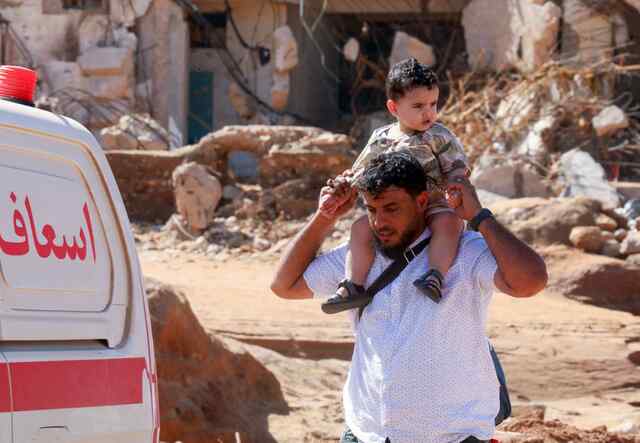
Climate change is increasing the severity of flooding
Climate change has worsened weather events - such as Mediterranean Storm Daniel and the storms and the floods in Libya - so that they are more frequent, longer, and more intense.
Libya is one of many countries struggling to respond to the impacts of climate change after years of conflict.
“Globally, climate change has made these extreme weather events more frequent and intense, making it harder for communities to hope and rebuild, especially in conflict-affected regions,” adds Donnelly.
Learn more about climate change.
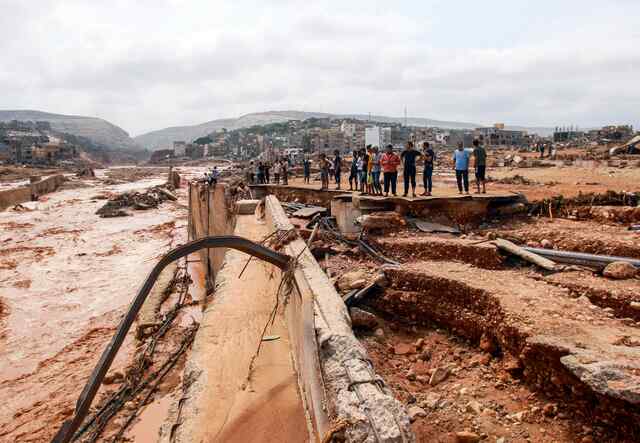
Photo: AFP via Getty Images
How is the IRC responding to the flooding in Libya?
The IRC has been supporting vulnerable populations in Libya since 2016 with vital health care and other services. We are scaling up our services to help flood-affected communities recover and rebuild.
“The IRC is conducting a joint needs assessment alongside other NGOs and we will be scaling up our services to support those affected by the floods,” explains Donnelly.
The IRC is committed to working with local partners and the Libyan authorities to provide immediate assistance to those affected by the disaster. We urge the international community to step up and support the people of Libya in their time of need.
"We must remember that Libya is not just a country in crisis; it is also a gateway for people on the move to Europe,” explains Donnelly. “The IRC has been working tirelessly since 2016 to provide essential healthcare and protection to vulnerable Libyans, refugees and migrants affected by this protracted crisis.”
The IRC continues to provide clients with integrated lifesaving protection and health services at safe spaces, detention centers, disembarkation points and other areas where humanitarian needs remain high.
How can I help after the floods in Libya?
The IRC is conducting a joint needs assessment and will scale up services to support flood-affected communities. Please consider donating to the IRC to help fund our emergency response work in Libya and in more than 40 crisis-affected countries around the world.
Stay updated about the developing crisis in Libya and learn how the IRC has been providing services in the country since 2016.
